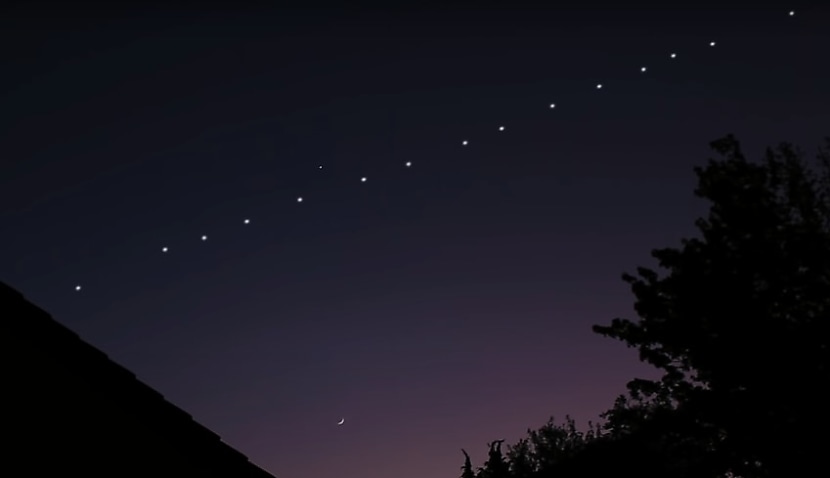
Scyne Advisory will test low-Earth orbit (LEO) satellites’ ability to provide voice services to those in remote areas, as well as their ability to operate during bad weather.
LEO satellite constellations, such as Starlink, tend to offer quicker services than traditional geostationary satellites, such as NBN Muster, because they are closer to Earth.
However, the lower height also means LEOs effectively cover a smaller area and, therefore, need to operate in larger, connected constellations to be effective.
It follows customers seemingly turning away from the government-owned NBN in favour of Starlink services, with the Elon Musk-owned company agreeing several high-profile deals with Australian telcos.
The news also comes at the same time as a government paper, released last week, suggested satellites could one day replace traditional copper wires for voice calls but faced issues with dealing with poor weather.
“There are still concerns in the community about the reliability and performance of LEOSat services, particularly in a universal service context,” the report read.
“Some consumers highlighted potential concerns about poor Starlink performance during adverse weather [particularly heavy rain] and their individual experiences of frequent service disruptions and dropouts.
“Some submissions indicated they were more supportive of LEOSats as a redundancy option where other terrestrial networks are available but held concerns about remote consumers having to rely solely on a LEOSat network for both voice and broadband, particularly in areas without reliable mobile coverage.
“Trials of alternative technologies, including LEOSats, to help establish a transparent and independent body of evidence on whether these networks are capable of delivering required levels of service in regional and remote areas are now rolling out.
“This will gather quantitative data on a range of matters to help understand how services perform in different conditions throughout Australia, including how they are impacted by location, weather, climate, topography, equipment and power supply.”
Space Connect has recently reported on a string of announcements from private companies promising to provide internet services to previously unconnectable regions.
In August, for example, TPG revealed it would work with Lynk Global to launch a “straight-to-mobile” satellite service for customers living in remote areas.
The agreement will, uniquely, not require customers to obtain any specific hardware and will instead work on all compatible handsets.
It follows a similar agreement between Optus and larger satellite rival Starlink.
Starlink, meanwhile, has itself pressed ahead with the launch of its portable satellite dish that allows users to access reliable internet on the go.
The device, which resembles a large laptop, works like a traditional dongle but allows users to go online without needing to be within the range of a phone mast.
Crucially, the plan can be paused or unpaused anytime, opening it up to hikers and travellers who only want to use it for limited periods of the year.
Finally, Telstra in March became the first of the big two telcos to make Starlink available to residential homes in remote areas.
Starlink only launched in Australia in 2021 but was previously only available via a permanent, fixed connection.

Adam Thorn
Adam is a journalist who has worked for more than 40 prestigious media brands in the UK and Australia. Since 2005, his varied career has included stints as a reporter, copy editor, feature writer and editor for publications as diverse as Fleet Street newspaper The Sunday Times, fashion bible Jones, media and marketing website Mumbrella as well as lifestyle magazines such as GQ, Woman’s Weekly, Men’s Health and Loaded. He joined Momentum Media in early 2020 and currently writes for Australian Aviation and World of Aviation.
Receive the latest developments and updates on Australia’s space industry direct to your inbox. Subscribe today to Space Connect here.











